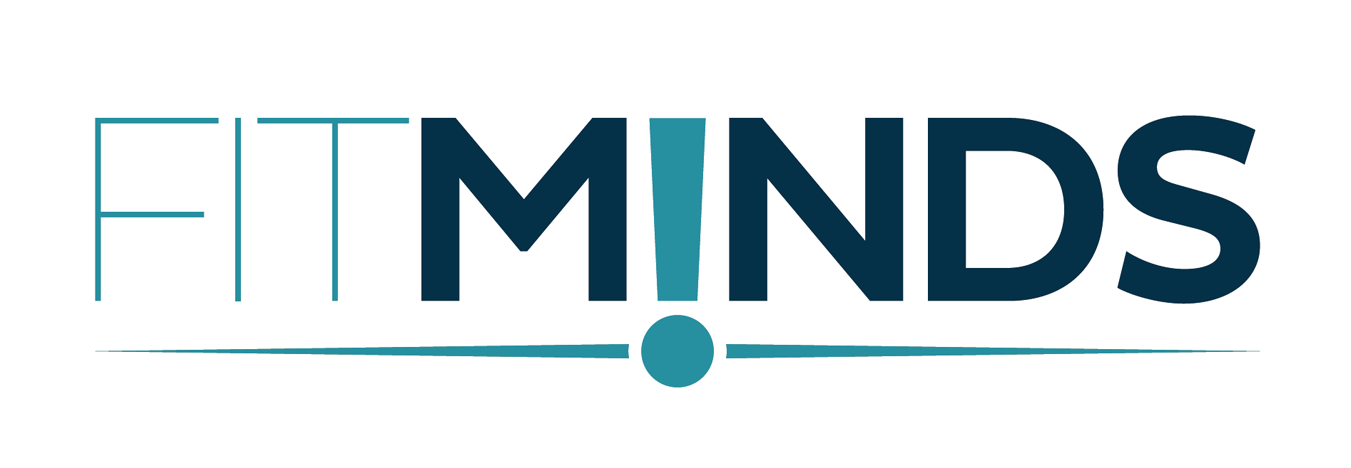The Six Paths Framework of The Blue Ocean Strategy
In our previous articles, we emphasized the importance of rich customer insights to create a new market. Rich customer insights allow us to make competition irrelevant by answering 4 questions:
- Which factors that the industry has long competed on should be eliminated?
- Which factor should be reduced well below the industry’s standards?
- Which factors should be raised well above the industry’s standard?
- Which factors should be created that the industry has never offered?
Blue Ocean Strategy offers also 2 effective tools to achieve insights that will enable us to answer the questions above: “Six Paths Framework” and “Three Tiers of Noncustomers”. In this article, we will examine the “Six Paths Framework” and talk about “Three Tiers of Noncustomers” in the next article.

The Six Paths Framework (SPF) analyzes the following 6 areas to achieve insight:
1. Different Industries
One of the main pitfalls that prevent creating new markets is limiting our thoughts to the dynamics of the industry we are in. By introducing two concepts, SPF broadens the industry definition we need to consider: Substitutes and Alternatives.
Substitutes: Products that have a different form from the products in our industry but perform similar functions (for example flu medicines vs. flu teas).
Alternatives: Products that have different forms and functions and serve the same purpose (for example: going to the bar at the weekend vs. going to the theater).
SPF suggests doing the following by analyzing different sectors:
- Identify common causes/factors that drive customers to use products/services of different industries.
- Create new benefits aimed at these factors.
- Empower those that serve these factors from existing benefits.
- Try to eliminate all the remaining benefits.
2. Strategic Groups within the Industry
SPF defines strategic groups as groups with players who pursue similar strategies within the industry. There are generally two strategic groups in all industries: cost-effective players and high-performance players.
SPF recommends that by analyzing the strategic groups within the industry, we should:
- Understand which of these two strategic groups is leading to customer preferences and why. Thus, you will identify the factors that are critical for the customers. In this way, you will identify the factors that are critical for the customers.
- Create new benefits aimed at these factors.
- Empower those that serve these factors from existing benefits.
- Try to eliminate all the remaining benefits.
3. Customer Groups
SPF divides customers into 3 groups that can intersect with each other from time to time: buyers (those who give money), users and influencers (those who have an impact on the purchase decision). Often, most players in the industry focus on the same group of customers.
SPF recommends doing the following by analyzing customer groups:
- Understand the needs of the unfocused customer group.
- Develop new benefits aimed at these needs.
- Empower those who serve these needs from the existing benefits.
- Try to eliminate all the remaining benefits.
4. Complementary Products/Services
When customers are purchasing a product/service, there are necessarily different needs before, during, or after the purchase process (for example you need a short parking space when you go to the pharmacy to buy medicine).
SPF recommends doing the following by analyzing complementary products/services:
- Identify customers’ needs before, during, and after purchase.
- Look for ways to address all these needs at once.
- So, you can develop new benefits that need to be created.
5. Functional or Emotional Points that Attract Customers
Brands can either focus on the functional area or the emotional area according to the general norms of the category they are in (for example the focus of the bed brands on sleep quality – functional – or the airline’s focus on the sense of privilege for first-class aircraft seats – emotional).
SPF suggests doing the following by analyzing the attraction points:
- Move-in the opposite direction of your category.
- If your competitors are in the functional area, what new benefits can you offer by focusing on the emotional area?
- Or if your competitors are in the emotional area, what new benefits can you create by focusing on the functional area?
6. Time/Trend
The question of SPF at this point is: What new areas of benefit can we create with our product by synthesizing the obvious social, economic, and technological trends?
Conclusion
Six Paths Framework systematically pushes us to think broadly. It allows us to achieve effective insights by making rational comparisons.



